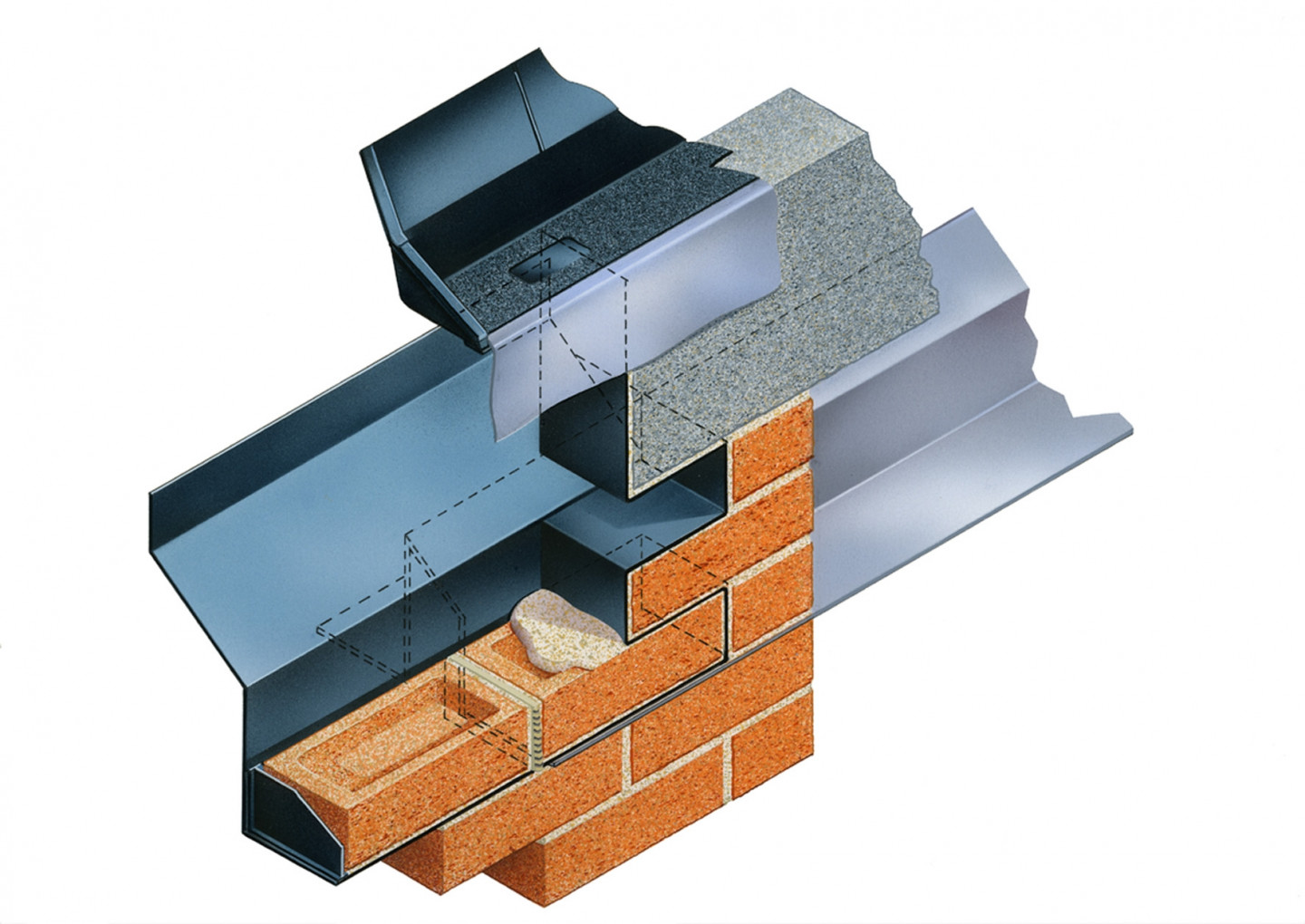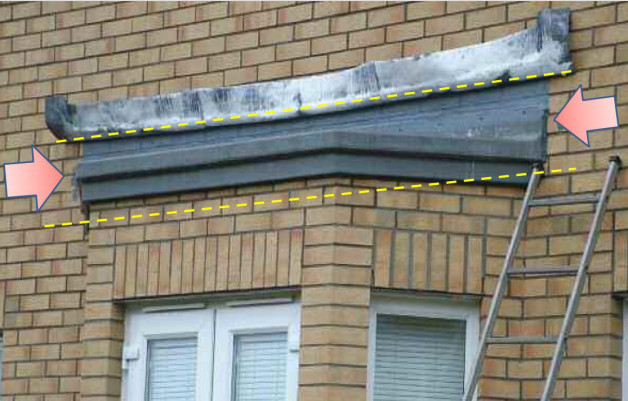Lateral transference is the term used to describe wet ingress progressing ‘sideways’ and in so doing permeating parts of a structure that are intended to remain dry. The traditional bay window is a good example of part of a building susceptible to horizontal transference.
Before going further, it is prudent to remember absorption testing standards of masonry do not always replicate the severity of rain experienced in the UK. For example, masonry tested to BS 4315 is often described as indicating very low levels of rates of rain penetration. But is this a realistic description given that the test involves spraying water on to masonry for one minute only, at half hourly intervals for 48 hours? This equates to 96 minutes of rain spread over two days - with consistent drying periods between each spray.
In comparison the UK weather experienced over the recent Winter subjected structures to continuously long periods of wind-accompanied rain saturation – with no intermediate drying opportunities.
Structures should be built with accompanying DPC’s and trays in place to accommodate the worst and most severe conditions, where rain continues for more than one minute, and masonry becomes saturated. Consider now the bay window.
Masonry rising above and around a bay window provides an absorption area through which rain water will penetrate and gravitate. Rain also washes across a masonry surface aided by directional wind. Because the roof finish/ flashing level is a distance above the level of the support lintel that spans the bay, those masonry courses separating the two levels provide a direct wet aborption entry route. Lateral transference – with ingress susceptibility increasing the greater the distance between levels.
Horizontal transference between intersection level and lintel level can be prevented by building in a preformed DPC cavitray that vertically connects both levels within the same masonry skin without adversely interrupting bonding or coursing. Its presence prevents ‘the sideways soak’.
Called a Bay Window Vertical Cavitray (Type BWVC)) units are handed and available to suit brickwork / block work coursings. Units are introduced at each end of the lintel and provide permanent DPC connection upwardly to the lowest cavitray at roof intersection level. Wind-driven rain saturating masonry to the sides of the bay is thus prevented from continuing permeating inwardly where the exterior skin becomes an internal skin inside the bay.
Type BWVC’s are manufactured in a range of heights and combination of coursings. All are supplied with accompanying caviweeps and stopends. Appropriate for use with approved tray types X, G and C, the Type BWVC forms part of a warranted performance system for the benefit of architect, builder and client and is manufactured by the longest-established UK cavity trays manufacturer – Cavity Trays of Yeovil.

